Today, we cannot talk about that only women prefer face lift operations, which are commonly performed for aesthetic concerns. Face lift procedures, which are also very popular among men of our age, are mostly preferred to recover skin loosening and sagging on the face after a certain age. It is not quite right to talk about an age restriction for facelift procedures, because it is sufficient for the person to feel his own face aged and to detect that the face has lost its dynamics as a result of the examination.
Facelift
Warning: call_user_func_array() expects parameter 1 to be a valid callback, function 'digic_get_brands' not found or invalid function name in /home/antalyac/public_html/wp-includes/class-wp-hook.php on line 324
Warning: call_user_func_array() expects parameter 1 to be a valid callback, function 'digic_show_store_name' not found or invalid function name in /home/antalyac/public_html/wp-includes/class-wp-hook.php on line 324
It is extremely possible to achieve a rejuvenation result of 5 to 10 years on the face of the patient with a facelift surgery performed with a correct planning.
Under normal conditions, it is possible to say that the permanence period of this surgery is 10 years. However, one’s living conditions are an important factor. Factors such as excessive smoking and alcohol consumption, a stressful lifestyle, lack of sleep, staying away from sports and exercise, inadequate and problematic eating and drinking habits, and perhaps most importantly, not taking precautions against sun damage can shorten the 10-year permanence period.
Vendor Information
- Address:
- No ratings found yet!
-
Warning: call_user_func_array() expects parameter 1 to be a valid callback, function 'digic_woocommerce_template_loop_category' not found or invalid function name in /home/antalyac/public_html/wp-includes/class-wp-hook.php on line 324
Women Under 40 Large Screening Package
€749,00 -
Warning: call_user_func_array() expects parameter 1 to be a valid callback, function 'digic_woocommerce_template_loop_category' not found or invalid function name in /home/antalyac/public_html/wp-includes/class-wp-hook.php on line 324
PCR Test
€20,00 -
Warning: call_user_func_array() expects parameter 1 to be a valid callback, function 'digic_woocommerce_template_loop_category' not found or invalid function name in /home/antalyac/public_html/wp-includes/class-wp-hook.php on line 324
Chemical Peels
€175,00 – €425,00 -
Warning: call_user_func_array() expects parameter 1 to be a valid callback, function 'digic_woocommerce_template_loop_category' not found or invalid function name in /home/antalyac/public_html/wp-includes/class-wp-hook.php on line 324
Hair Transplant
€1.750,00 -
Warning: call_user_func_array() expects parameter 1 to be a valid callback, function 'digic_woocommerce_template_loop_category' not found or invalid function name in /home/antalyac/public_html/wp-includes/class-wp-hook.php on line 324
Men Over 40 Large Screening Package
€750,00 -
Warning: call_user_func_array() expects parameter 1 to be a valid callback, function 'digic_woocommerce_template_loop_category' not found or invalid function name in /home/antalyac/public_html/wp-includes/class-wp-hook.php on line 324
Home Care
€280,00
Quick Comparison
| Settings | Facelift remove | PCR Test remove | Breast Augmentation remove | Cataract Surgery remove | Breast Reduction remove | Breast Health Package for Women Under 40 remove | ||||||
|---|---|---|---|---|---|---|---|---|---|---|---|---|
| Name | Facelift remove | PCR Test remove | Breast Augmentation remove | Cataract Surgery remove | Breast Reduction remove | Breast Health Package for Women Under 40 remove | ||||||
| Image | 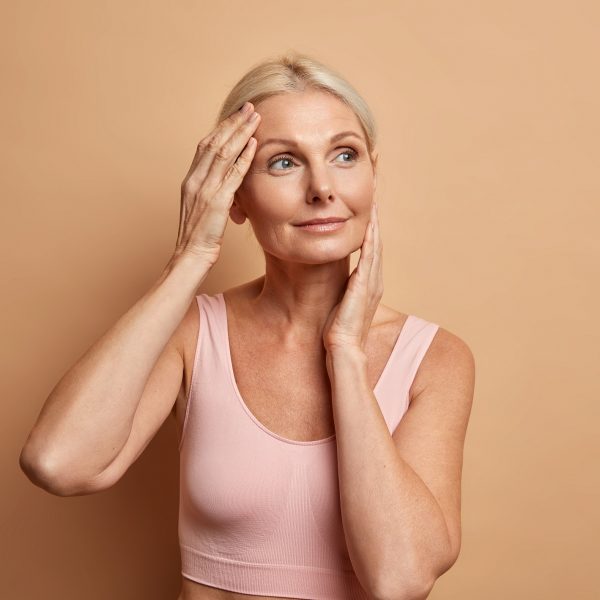 | 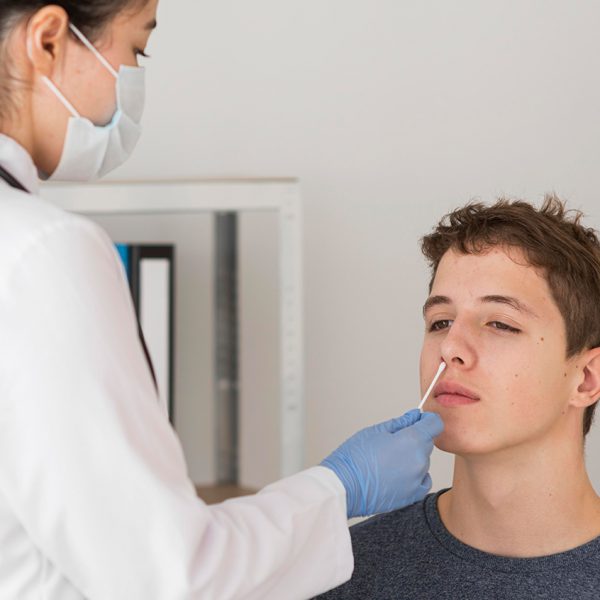 | 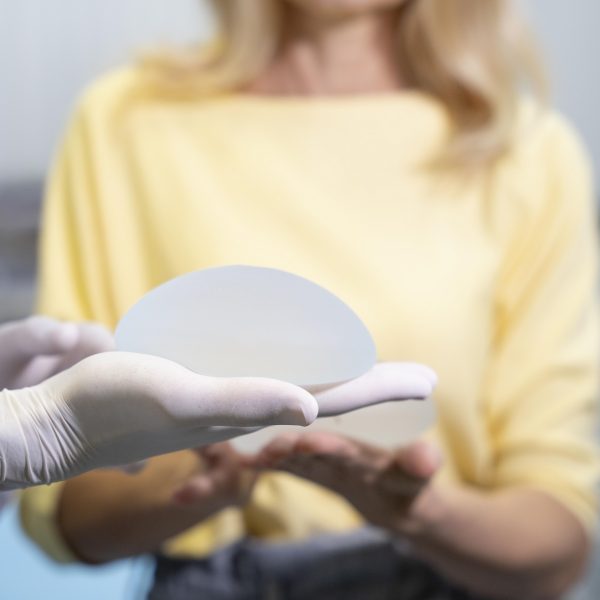 | 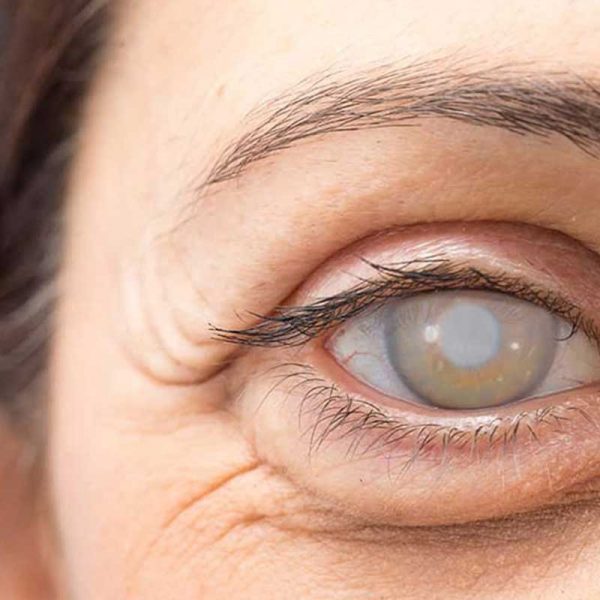 | 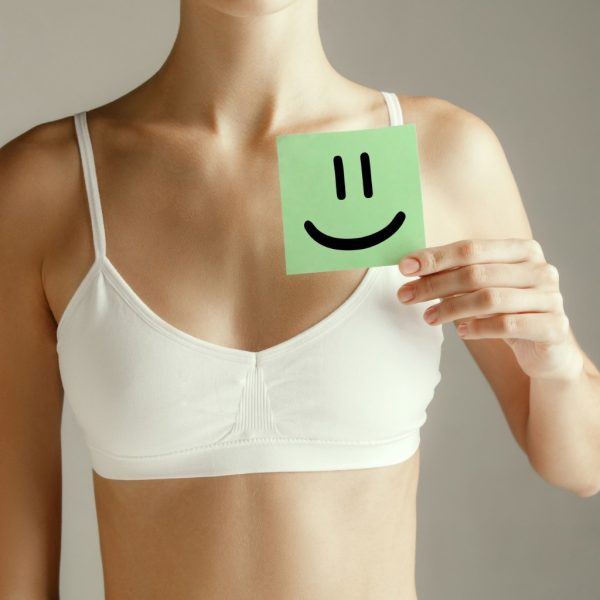 | 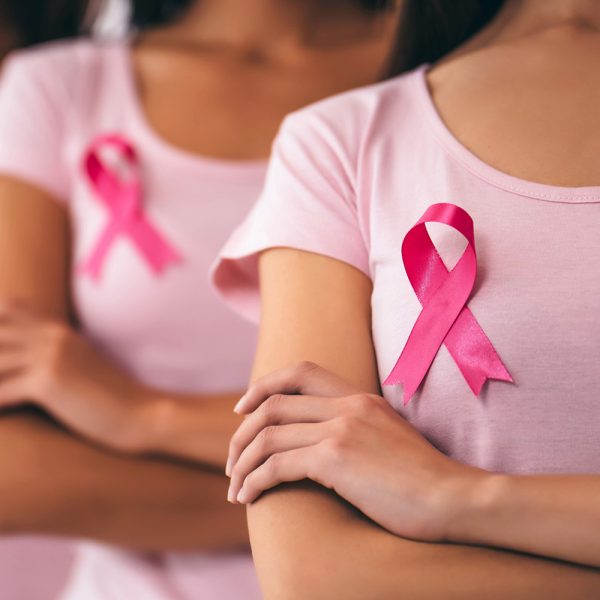 | ||||||
| SKU | D2300-3-2-3-2-1-1-1-1-2-2-1-2 | |||||||||||
| Rating | ||||||||||||
| Price | €3.300,00 | €20,00 | €3.250,00 | €1.875,00 | €3.900,00 | €95,00 | ||||||
| Stock | ||||||||||||
| Availability | ||||||||||||
| Add to cart | ||||||||||||
| Description | It is extremely possible to achieve a rejuvenation result of 5 to 10 years on the face of the patient with a facelift surgery performed with a correct planning. Under normal conditions, it is possible to say that the permanence period of this surgery is 10 years. However, one's living conditions are an important factor. Factors such as excessive smoking and alcohol consumption, a stressful lifestyle, lack of sleep, staying away from sports and exercise, inadequate and problematic eating and drinking habits, and perhaps most importantly, not taking precautions against sun damage can shorten the 10-year permanence period. | Today, the most valid method for breast augmentation is silicone prosthesis. The prostheses used are approved by the American Ministry of Health, guaranteed and do not need to be changed. People who have had a breast prosthesis can get pregnant and feed their baby. The biggest advantage is that the breasts can be enlarged in the desired size and form, and the result is permanent for many years. It would not be right to say that this or that size is ideal for a beautiful breast. Ideal breast size is a personal concept, it is a measure of the person's weight, height, shoulder and hip width. In addition, the person's own opinions are also important in deciding the ideal breast size. The best results are achieved with personalized planning. Listening, understanding and deciding together with the person who will have breast augmentation surgery is the absolute way for the most accurate result. | The most common cause of breast size is familial factors. In addition, breast enlargement is observed due to weight gain, hormonal disorders, pregnancy, breastfeeding and various breast diseases. Is breast size an aesthetic problem? Breast size is a health problem rather than an aesthetic problem. Large breasts put a considerable strain on the neck and back. As a result, patients develop treatment-resistant shoulder and back pain, flattening and deformity in the neck vertebrae. Most patients suffer from shoulder and back pain for years, take physical therapy and have to use a lot of drugs. When people with large breasts use a bra, collapses and deformities occur on the shoulders, especially where the bra strap passes. These people have rashes, fungal infections and bad odors that cause serious discomfort, especially in summer, under the breasts and between the nipples. The size of the breasts causes serious problems in the social life of people, especially in adolescence and young girls. Women with large breasts have difficulty in finding suitable clothes, have limited arm movements, and even have respiratory distress while lying on their backs and say that they feel as if they are suffocating. What technique is breast reduction surgery performed with? In breast reduction surgery, an appropriate amount of breast tissue is left for the person's body and excess breast tissues are removed. The drooping breasts are placed where they should be on the body, ensuring uprightness and recovery. How many hours does breast reduction surgery take? Breast reduction surgeries take 2-4 hours depending on the size of the breast. How many days do I need to stay in the hospital after breast reduction surgery? After breast reduction surgery, we can usually discharge the patient on the same day. If patients experience discomfort such as nausea, vomiting, dizziness, swelling and pain due to anesthesia, we consider it appropriate to follow these complaints in the hospital until they resolve. How many days does recovery take after breast reduction surgery? After breast reduction surgeries, the breasts heal in about 10 days. When can one return to social and business life after breast reduction surgery? After breast reduction surgery, people can return to their normal social lives in about 1 week. We recommend that they start heavy sports activities after about 1 month. If they have a job where they do not exert excessive physical effort, they can return to business life after 1 week. We recommend patients who have a job that requires physical activity to wait 2-3 weeks. | |||||||||
| Content | Today, we cannot talk about that only women prefer face lift operations, which are commonly performed for aesthetic concerns. Face lift procedures, which are also very popular among men of our age, are mostly preferred to recover skin loosening and sagging on the face after a certain age. It is not quite right to talk about an age restriction for facelift procedures, because it is sufficient for the person to feel his own face aged and to detect that the face has lost its dynamics as a result of the examination. | Yaşam Hospital provides the Covid-19 tests in Antalya. With online booking you may have secure and fast results. | Big enough and firm breasts for a woman both increase self-confidence and create great freedom in choosing clothes. However, most women do not have ideal measurements. Especially women with small breasts or those with no breasts feel the most inadequate and unhappy. | Cataract, also known as the disease of old age, is a type of eye disease that seriously affects the quality of life as well as eye health. Cataract manifests itself with signs such as double vision, blurred vision, and deterioration of night vision, causing a decrease in vision over time. This disease, which affects your living standards, needs to be treated. It can be said that medical treatment of cataract with drugs is not possible. It is performed with a surgical operation as the only treatment of cataract disease. Today, this surgery is performed with laser and with very advanced technologies. The most important point here is that the patient who will have cataract surgery is recommended to have an ophthalmologist who is an expert in this field. This surgery, which is directly proportional to the cataract surgery experience of the ophthalmologist, can be performed and treated during the day. This should be done by the best doctors, in the best and sterile environment. Is there a risk of cataract surgery? Like any eye surgery, cataract surgery carries risks. However, the success rate of the surgery is very high despite the risks it carries. With today's technologies, cataract surgery methods have been developed and they are performed with micro incisions and without stitches. After cataract surgery performed by a specialist surgeon, the patient can quickly return to his daily life. As we have mentioned before, it is of great importance that cataract surgery is performed by specialist physicians. Therefore, you should be careful when choosing a hospital. What should be considered after cataract surgery? After cataract surgery, the patient should be fed with light foods. Heavy loads should not be lifted for 1 week after the operation. The person who had the surgery should not drive the day after the surgery. As for taking a shower, it is possible to take a shower as long as the water does not touch the eyes. After the operation, pressure should not be applied to the eye and should be protected from impacts. On the first day after the operation, the eyes can be blurred and it is a normal phenomenon. Support can be obtained to walk in a healthy way. | Breast reduction surgery is an operation performed to bring the breasts that are larger than the person's body to normal sizes. |
Breast Health Package for Women Under 40Our Breast Health Center, which is a part of Yaşam Hospital Oncology Center, offers all the possibilities of technology to provide the best care to every woman.Early Detection of Breast CancerBreast cancer is the most common type of cancer that women can encounter in their lifetime (Early detection can save your life).Self ExaminationFrom the age of 20, all women should perform a breast self-exam once a month (about one week after the start of each menstrual period). If you feel an unusual lump or anything else, it’s important to contact your doctor right away.What is Breast Ultrasound?Ultrasound is an imaging method that uses high-frequency sound waves to take pictures of internal organs and tissues.When Should Breast Ultrasound Be Done?From the age of 25, annual routine ultrasound follow-ups should not be interrupted. Ultrasound can be applied safely as it does not contain radiation and has no side effects on the body.What Are the Risks of Breast Ultrasound?Breast ultrasound uses sound waves, not radiation, to produce images. Ultrasound technology has no known risks.What Happens After Breast Ultrasound?After your breast ultrasound, the radiologist interprets the images and reports the results to your doctor. This information will also be shared with you if any additional testing is needed or follow-up is recommended.What are the Benefits of Breast Ultrasound?Ultrasound scanning is non-invasive (no needles or injections). Ultrasound imaging is extremely safe and uses no radiation. An ultrasound scan gives a clear picture of soft tissues that don’t show up well on x-ray images. Ultrasound provides real-time imaging. This makes it easy to guide minimally invasive procedures such as needle biopsies and fluid aspiration. Ultrasound imaging helps detect lesions in women with dense breasts. Ultrasound can help detect and classify a breast lesion that cannot be adequately interpreted by mammography alone. Using ultrasound, doctors can determine that many areas are caused by normal tissue (such as fat lobules) or benign cysts. For most women age 40 and older, a mammogram will be used along with the ultrasound. For women under the age of 40, ultrasound alone is often sufficient to determine whether an area of concern needs a biopsy.What Does the Breast Health Package Consist of?Breast health package consists of General Surgery Examination and Breast USG.Note from your doctor:Breast ultrasound is a safe, painless imaging method for examining targeted areas of breast tissue. With breast ultrasound, we provide detailed images of breast tissue and can diagnose cysts or lumps if present. Diagnosing possible risks at an early stage provides a very important gain in the treatment process. | ||||||
| Weight | N/A | N/A | N/A | N/A | N/A | N/A | ||||||
| Dimensions | N/A | N/A | N/A | N/A | N/A | N/A | ||||||
| Additional information |
|
|
|
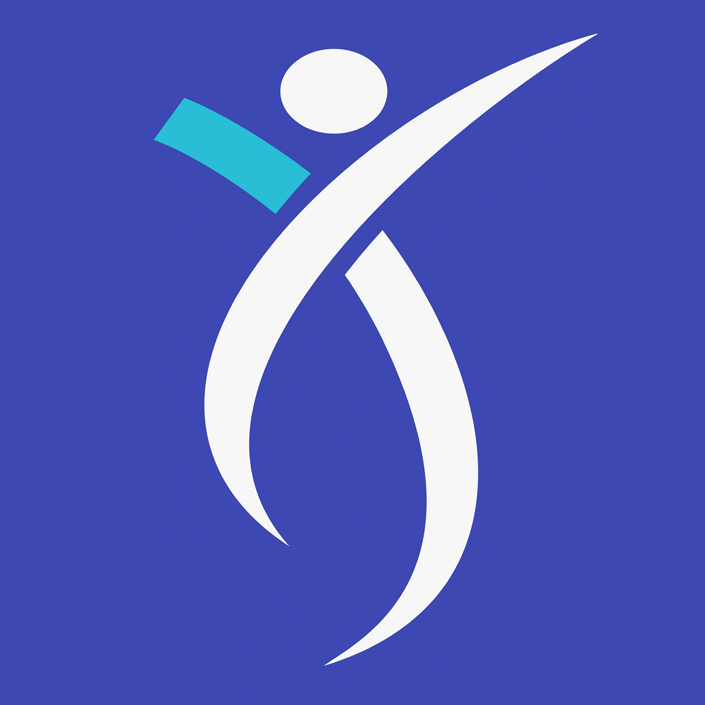
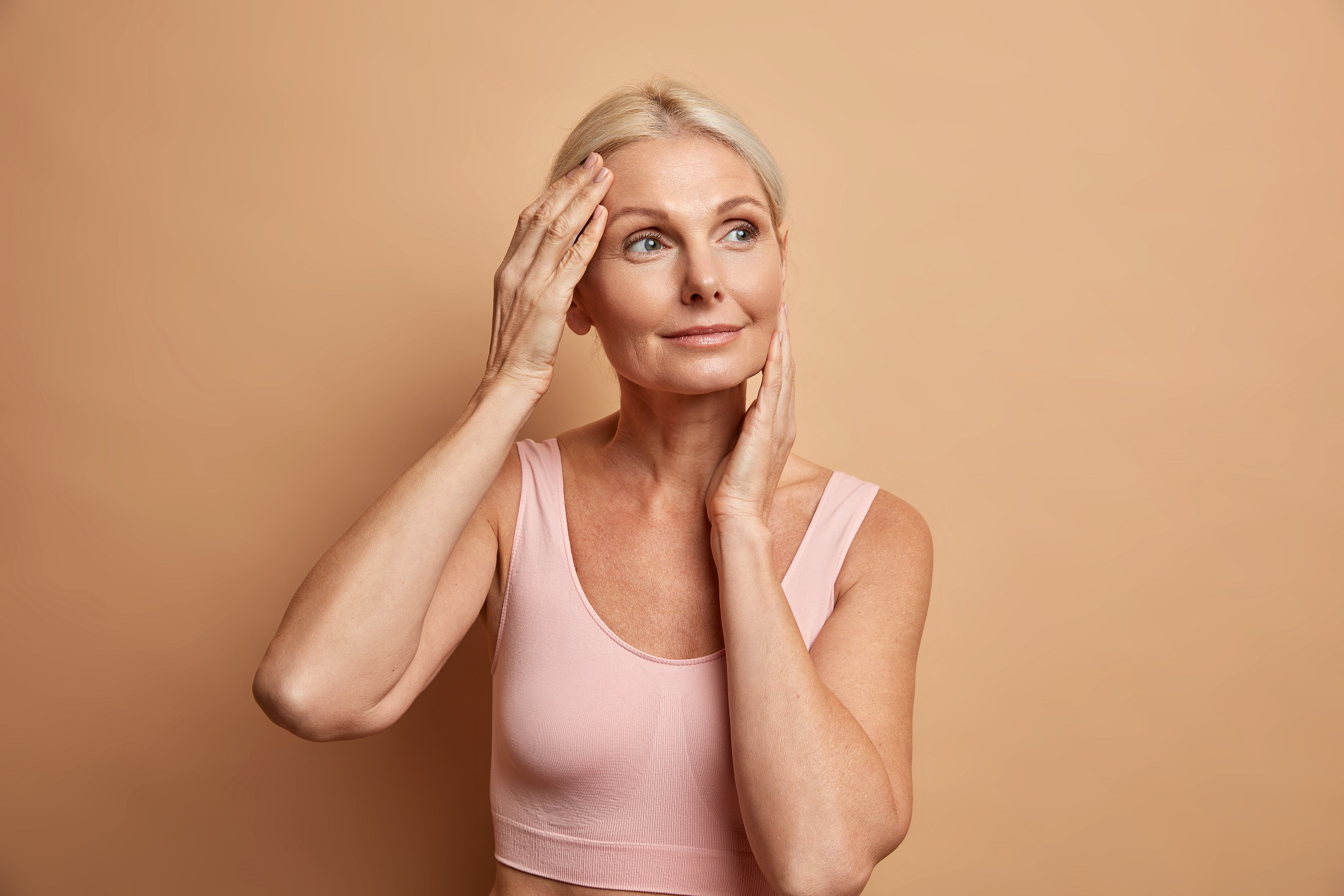
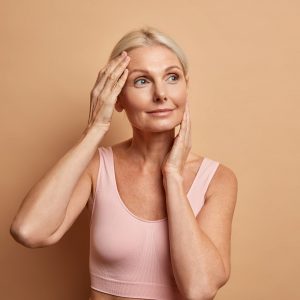

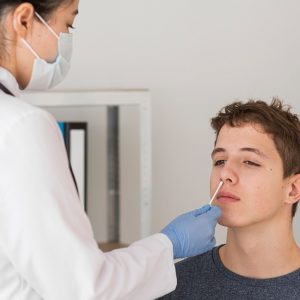
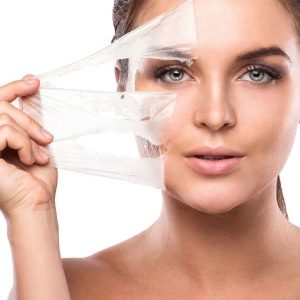
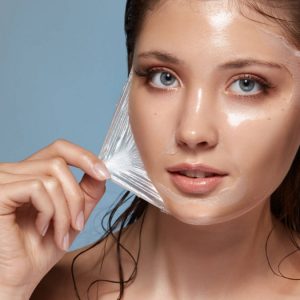
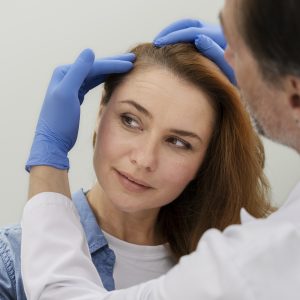

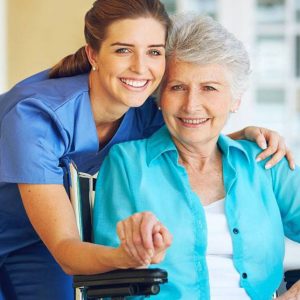
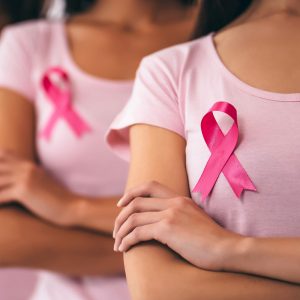
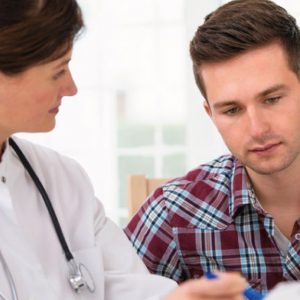
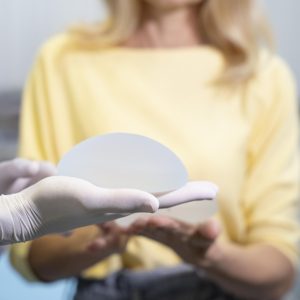
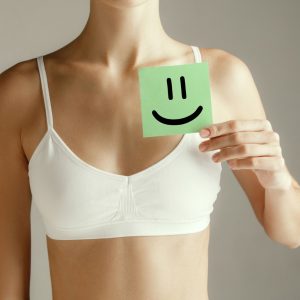

Reviews
There are no reviews yet.